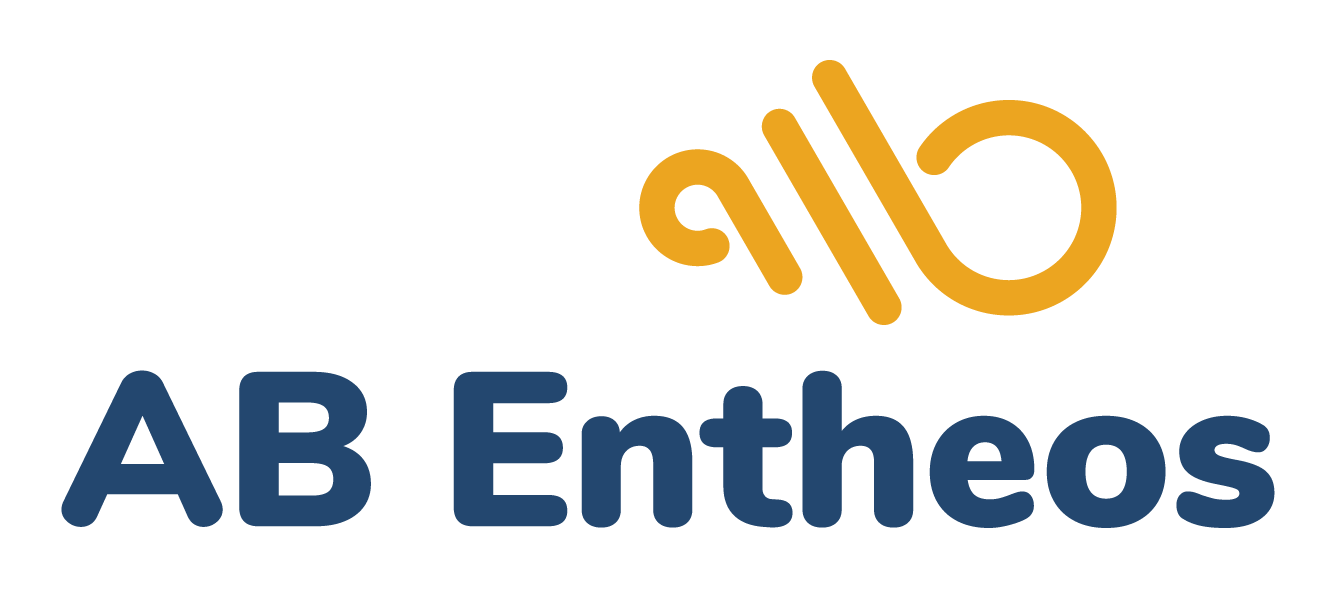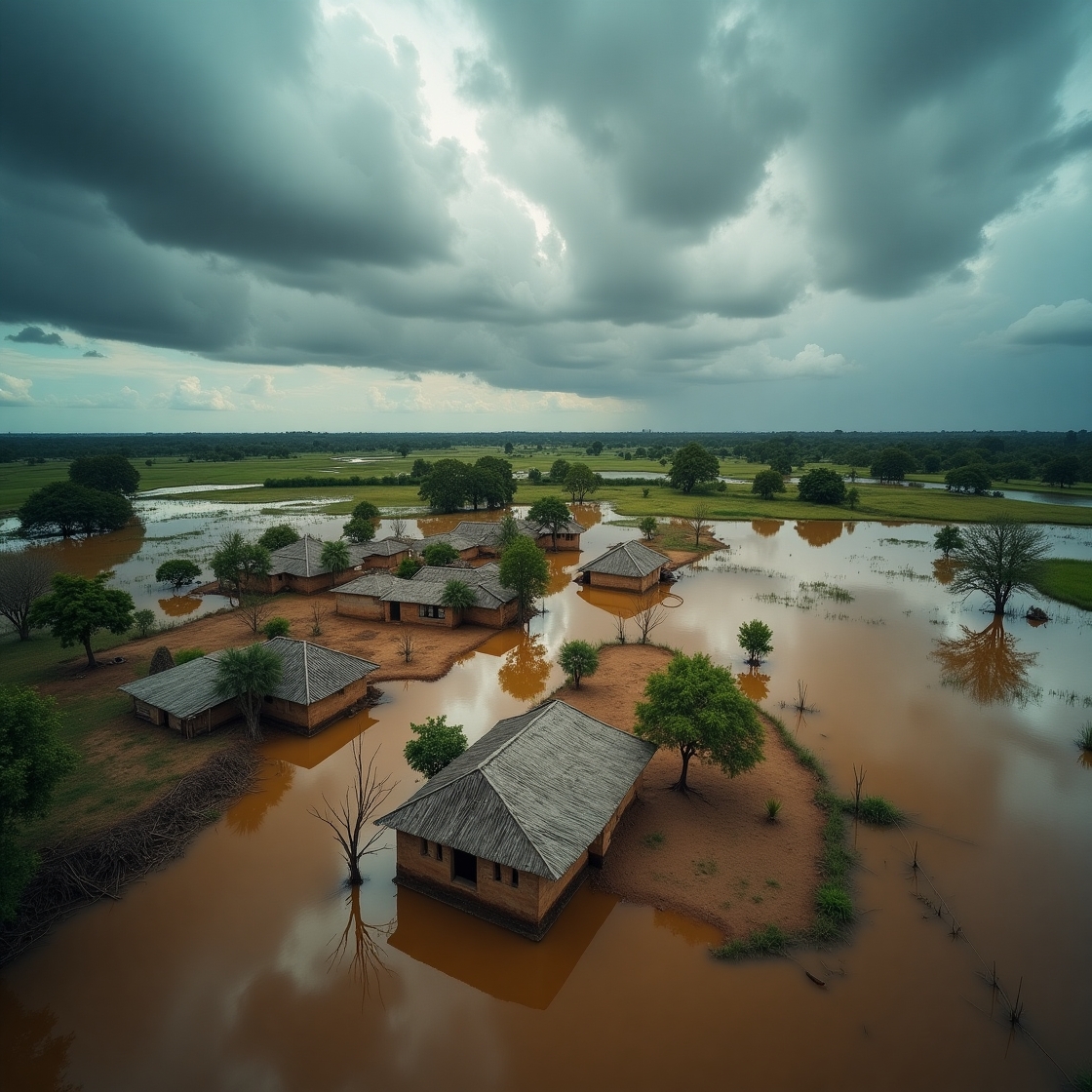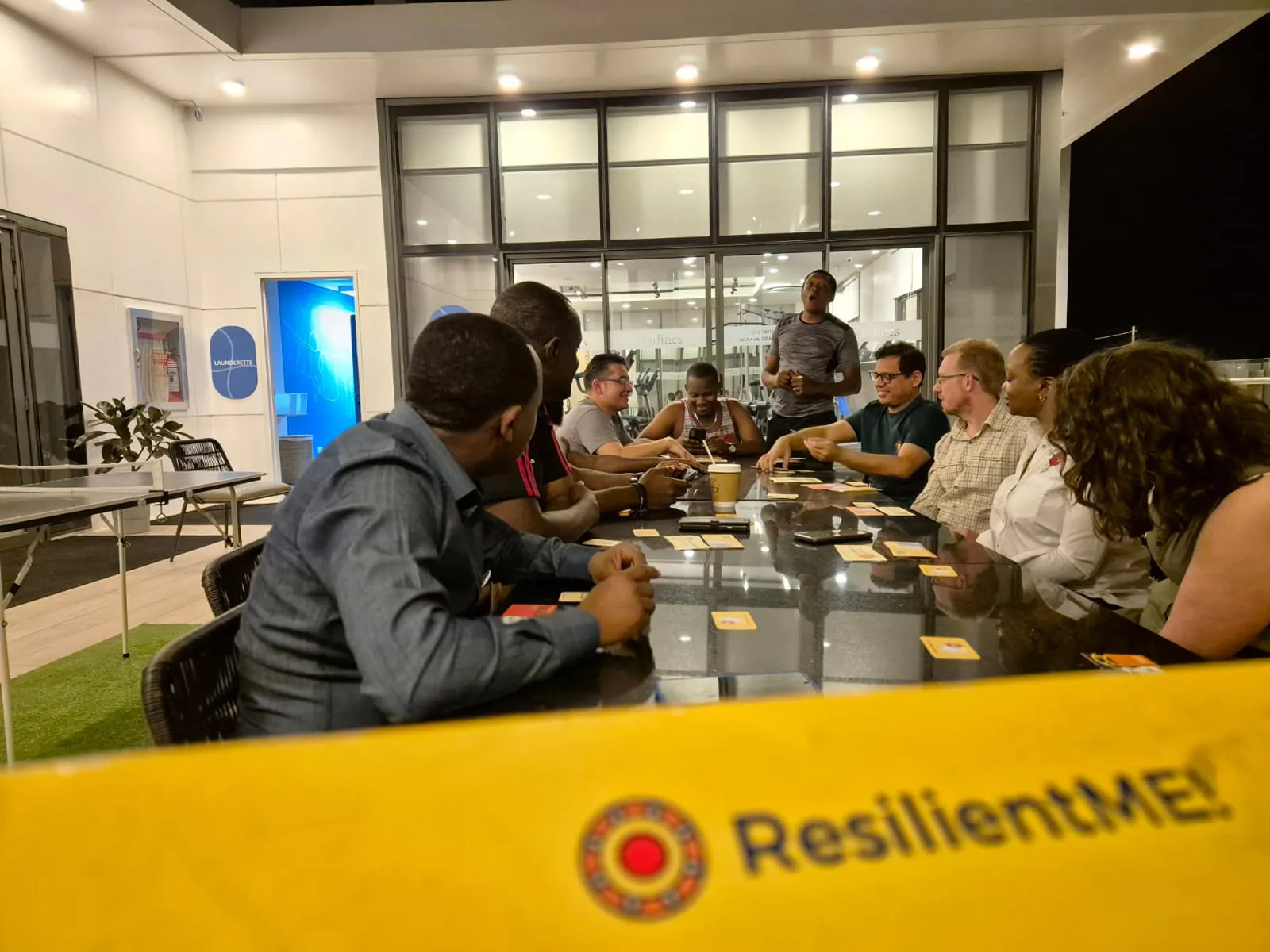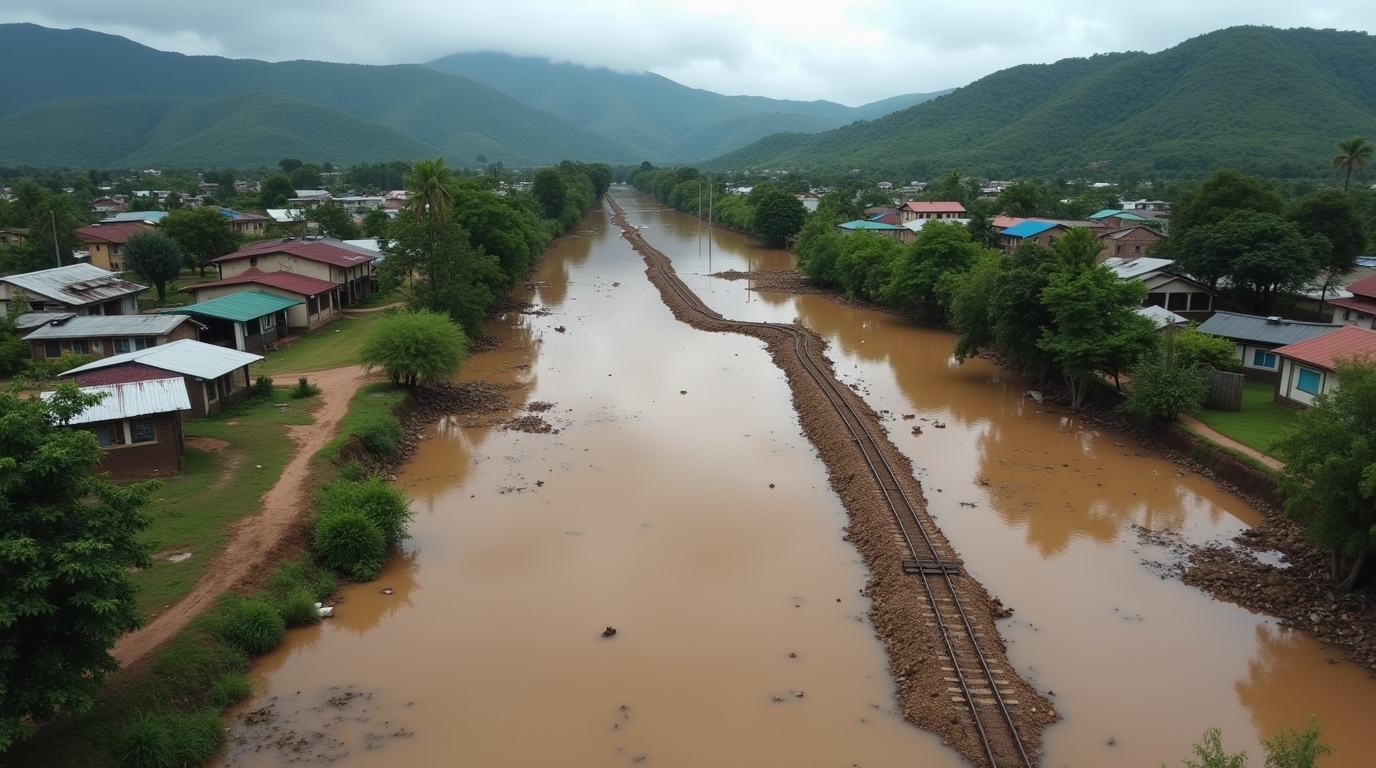
Changing the Game on Consumer Education
When the river burst
In late April 2024, the town of Mai Mahiu in Kenya was ravaged by a flash flood. Heavy rains broke a railway culvert, flooding homes as rushing water tore through the community. More than 60 people died, over 100 were hospitalized, dozens went missing, and families saw their homes, farms, and lives swept away. This was not an isolated incident; during that same period, floods claimed at least 181 lives across the country, displaced hundreds of thousands, and destroyed property worth billions. Nairobi alone reported 673 claims worth KES 3.1 billion, following the floods, yet insurers had settled only about 5% of those claims, leaving many still waiting.
Making insurance make sense

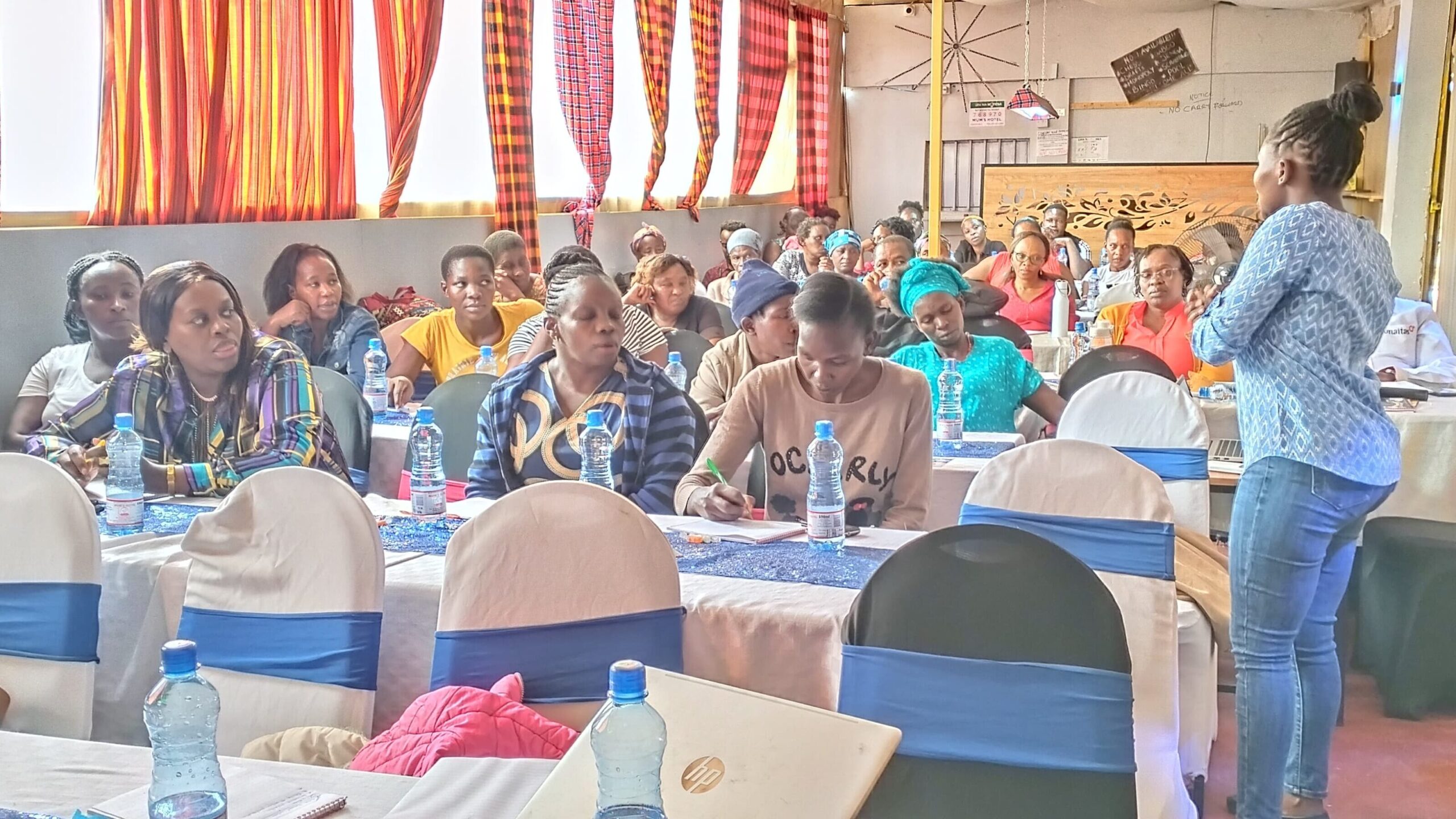
Insurance consumer education goes beyond selling policies. It helps people understand what it means to take insurance, what insurance covers, what it does not cover, what it costs, how claims are handled, and what rights policyholders have. With this knowledge, households and businesses can choose wisely, avoid unexpected complications, and benefit from insurance more effectively when disaster strikes.
Strong consumer education turns insurance from a distant concept into a practical aspect of prudent financial planning and recovery in the event of a loss.
Why does it matter now more than ever?
Insurance education is more urgent than ever, not just in Kenya but globally. The increasing incidents of natural and man-made disasters, challenges relating to global warming, and losses relating to human-wildlife-conflicts make more people around the globe more vulnerable to unbearable losses. In Kenya, insurance use remains very low, with penetration at only 2.4 percent in 2024. The 2024 FinAccess Household Survey found that 70.5 percent of households have no insurance at all.
- Kenya flood toll rises to 181 as homes and roads are destroyed, Reuters
- Insurance firms swamped by Sh3.1bn floods damage claims, Business Daily Africa
Among those covered, only 22 percent hold insurance in their own name, while 7.5 percent are dependents relying on another person’s cover. These gaps mean that when disasters like floods, droughts, or health emergencies strike, most households and businesses are left exposed and without any meaningful, reliable or sustainable protection.
One major barrier is lack of awareness. Nearly 19.4 percent of respondents in the 2024 FinAccess survey said they do not know enough about what insurance products exist or how they would benefit from the products. Others cited affordability, unclear policy terms, and irregular income as challenges. When people don’t understand what their cover really includes, or why claims are sometimes delayed or denied, trust is weakened. This makes insurance look distant, selective, and unreliable. Strong consumer education is therefore not just about awareness but about giving people the confidence to make prudent and smart choices, recover faster when things go wrong, and plan ahead.
When people don’t understand what their cover really includes, or why claims are sometimes delayed or denied, trust is weakened
However, most efforts in insurance education have traditionally come in only when an underwriter is making a case for their product, making the efforts appear as mere sales pitches. The mass media has been used to a limited extent to raise awareness about specific aspects of insurance, leaving gaps in the overall understanding and appreciation of insurance. Given the complex terminology that comes with some of this education and awareness creation, the most vulnerable members of the society, who need insurance the most, tend to miss the message and feel left out. This situation calls for a method of delivering insurance education in an effective more relatable manner to improve its overall understanding and appreciation.
How ResilientME! game bridges the gap
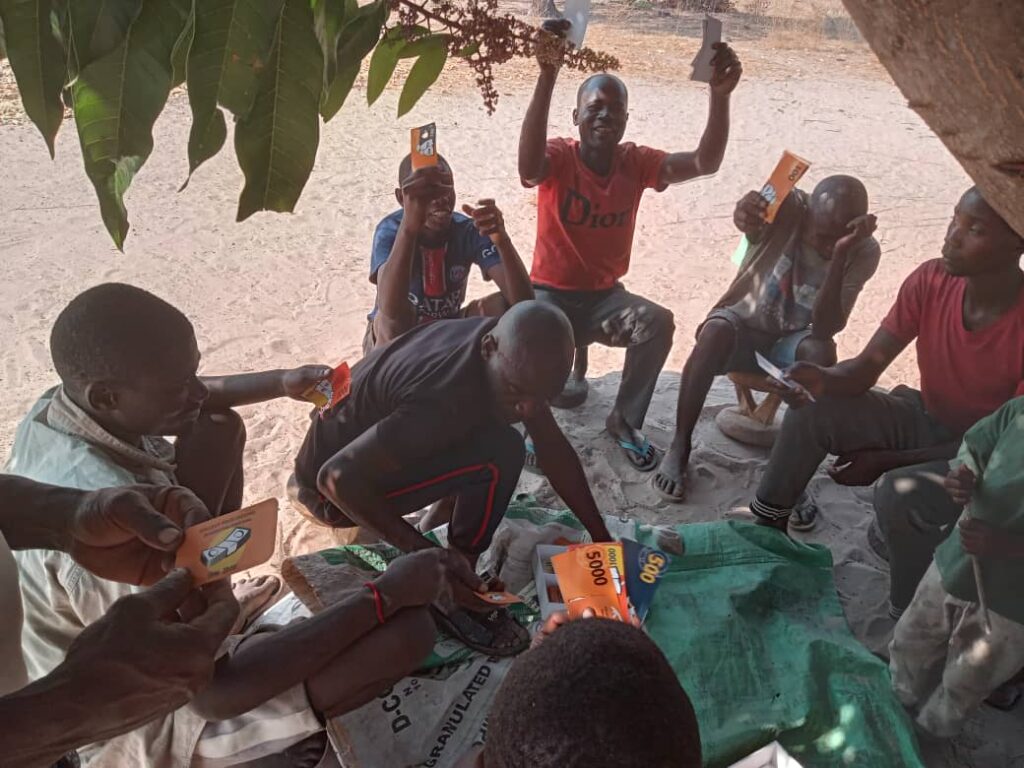
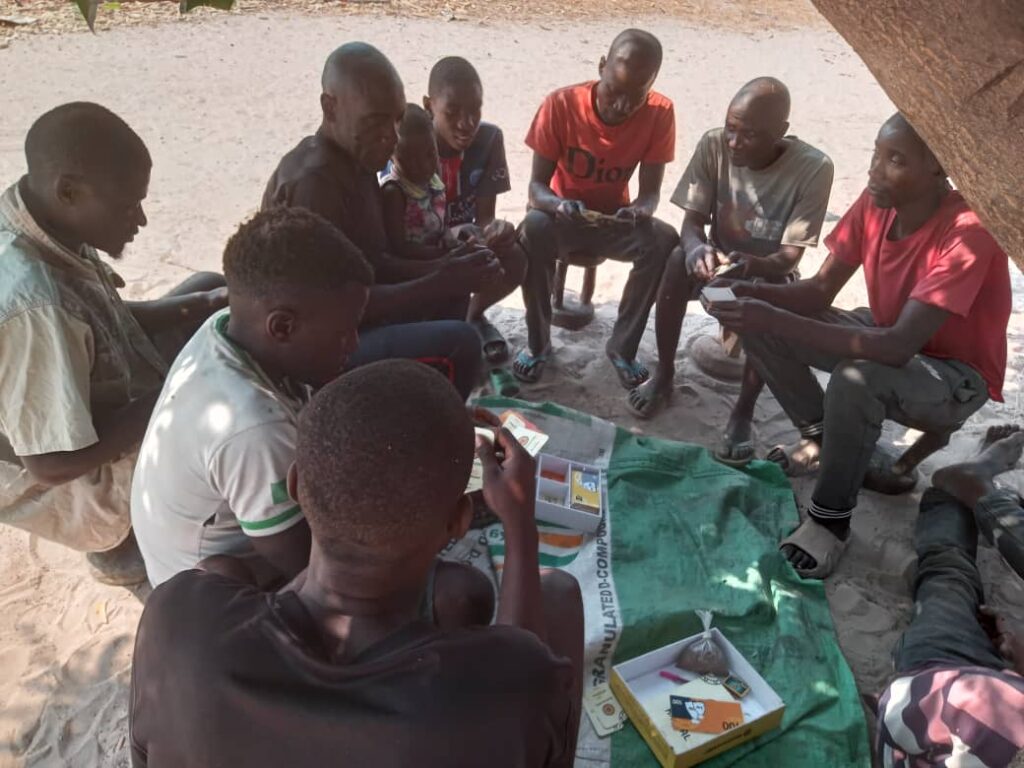
ResilientME! brings insurance education to life through play. Instead of explaining concepts in abstract terms, the game turns them into lived experiences. Here’s how:
2024 FinAccess Household Survey
1. Makes complex concepts simple
Many people are not familiar with how policies work in practice, e.g. around renewals, cover limits, and payment options. In the game, these ideas appear naturally. For example, players experience that some policies require annual renewal, while others allow for monthly coverage. They also learn how different cover limits affect the amount of protection available and what gaps remain uncovered. This makes the structure of insurance easier to understand and compare.
2. Focuses on real shocks
The game is built around shocks that mirror everyday realities such as droughts, medical emergencies, or sudden accidents. Players see the consequences of being uninsured or underinsured. By living through these situations in a safe, playful space, they learn the importance of timely decisions and adequate coverage before facing real-life crises.
3. Encourages proactive behavior
Beyond learning what insurance is, players are encouraged to act like real policyholders. They must decide how much coverage to buy, how to choose the right policy, balance premiums against other expenses, and understand exclusions. By weighing these trade-offs, players see that insurance is not just about buying a product but about making informed choices that protect them in the long term.
4. Community component
The game reflects the realities of community life, where people often rely on one another when shocks occur. Players can borrow resources from neighbors or pool funds to deal with emergencies, just as many households do in real life. This element emphasizes both the strengths and limits of informal coping strategies. It shows how community solidarity helps in the short term but also why formal insurance is necessary to cover larger risks that go beyond what neighbors or friends can provide.
5. Scalable and adaptable.
ResilientME! is designed to work in many contexts. Schools can use it to teach financial literacy at an early age, community groups can use it to spread awareness, NGOs and development programs can integrate it into training, while regulators and insurers can use it as a tool for consumer outreach. The game can also be translated into local languages.
From compensation to resilience
The 2024 floods and recent insurance data highlight the urgent need to rethink insurance education. Whether it is a flood sweeping away homes, a hospital bill forcing a family into debt, a fire destroying a business, or an accident that alters a breadwinner’s life, lack of awareness magnifies the cost of every shock.
ResilientME! is more than a game. It is a tool to change the story, from insurance as mere compensation to insurance as preparation
From reacting to disasters to helping communities anticipate, manage, and recover with dignity. For policymakers, insurers, and development actors, consumer education must no longer be a side effort. It should be central to building resilience and financial security for households and businesses in Kenya and beyond. ResilientME! can complement any insurance education effort by helping the target audience to experience life with and without insurance in a setting that they can relate to, ensuring a more effective delivery.
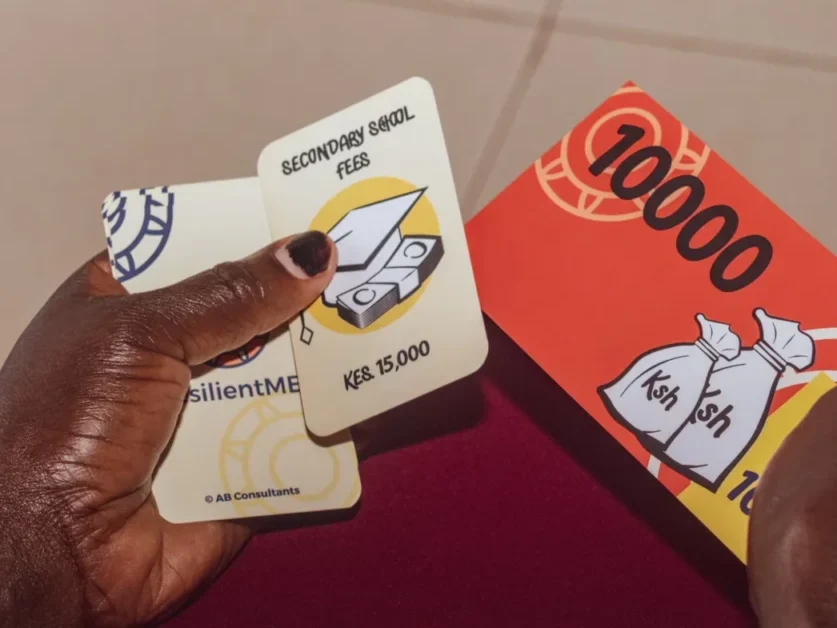
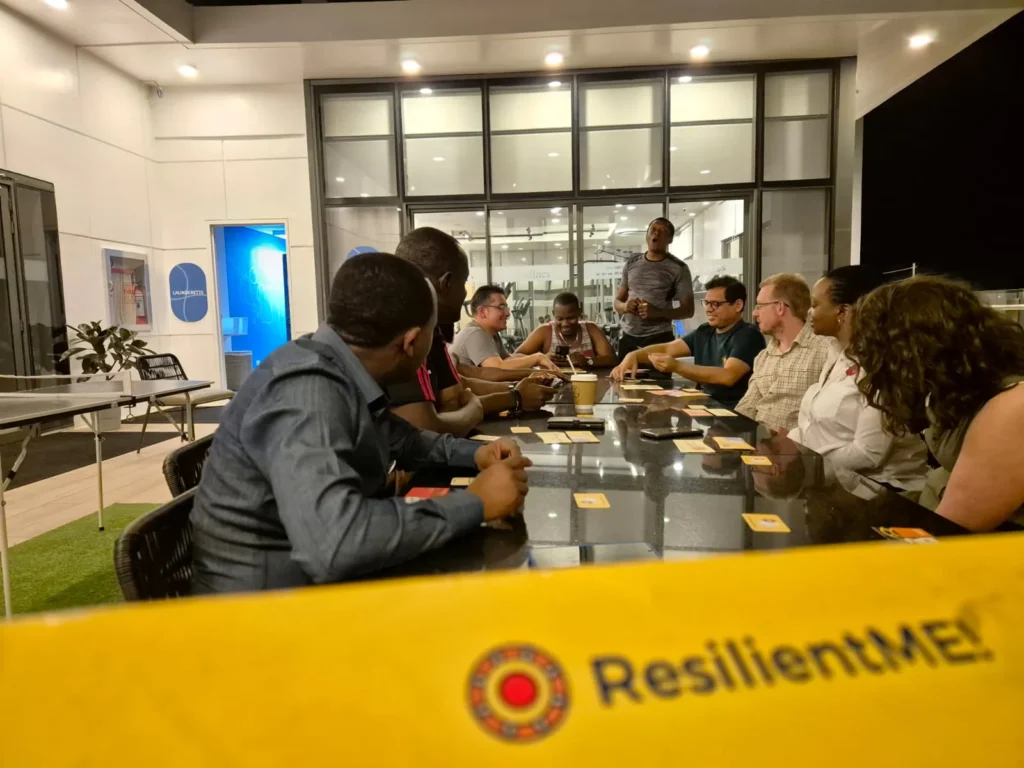
Insurance education isn’t just about awareness, it’s about empowerment.
Through ResilientME!, AB Entheos is helping communities turn understanding into resilience and preparedness into protection.
👉 Learn more about ResilientME!
Ruth Kanyi
Research Assistant | AB Entheos
ruth@ab-entheos.co.ke
